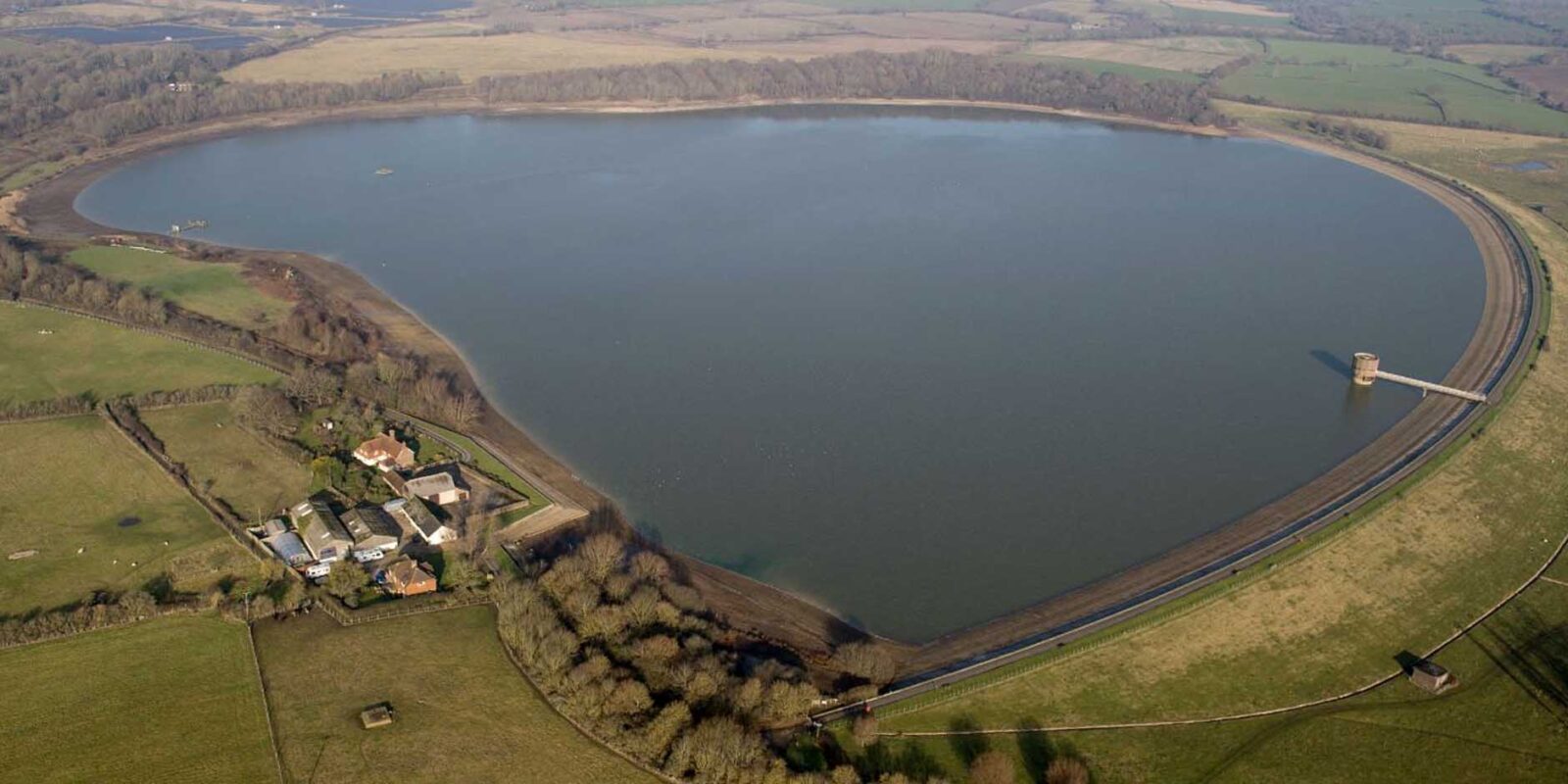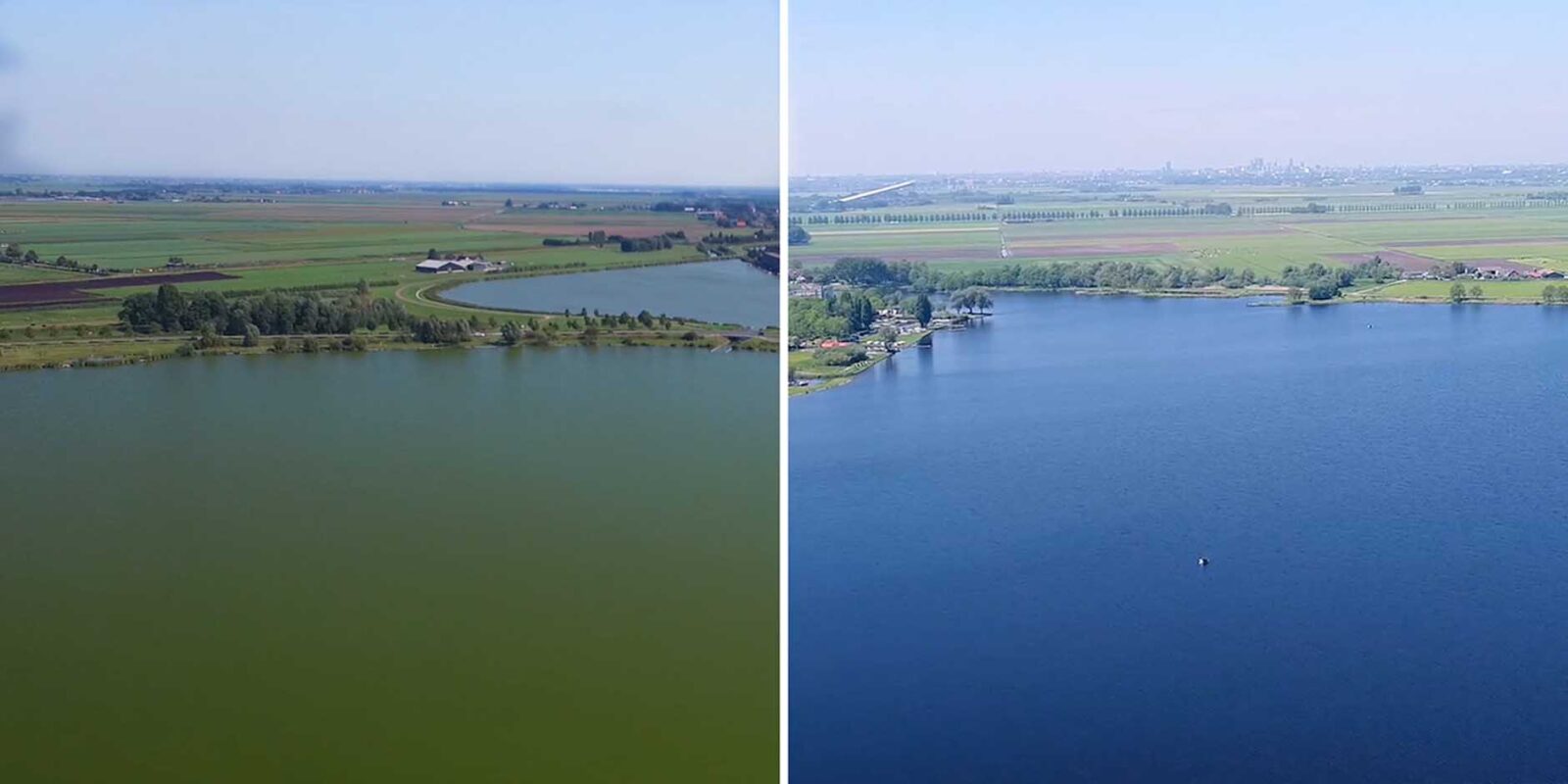Reduce algae to improve the water quality
Treated wastewater usually contains high levels of nutrients that can cause algal blooms on the water surface of storage ponds. An excess of algae can increase levels of pH, BOD and TSS, making reuse or discharge of the water difficult.
Control algae with LG Sonic ultrasound to have higher quality water that is safe to release back in the environment.
Talk to an expert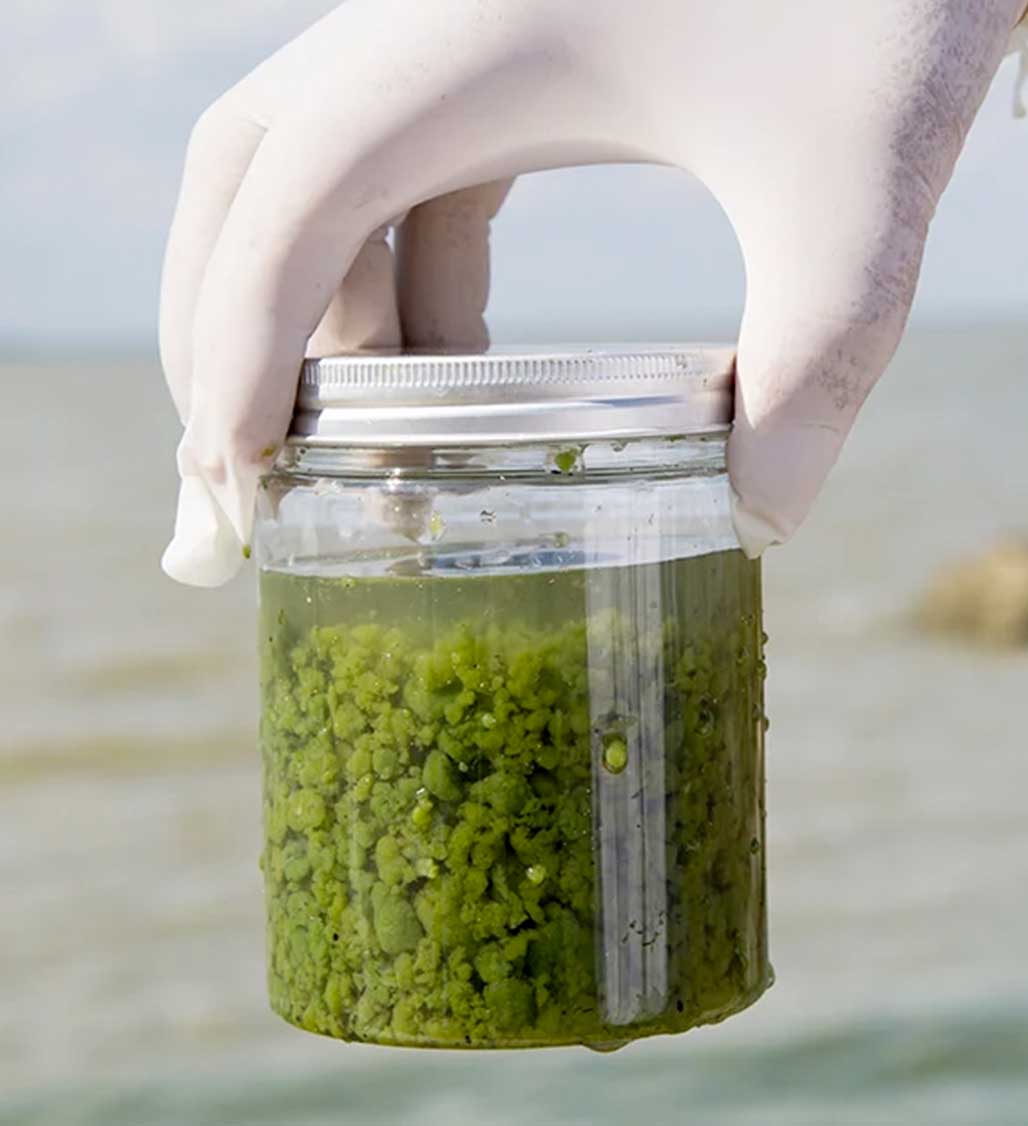
Benefits of ultrasonic algae treatment
Lower chemical expenses
Improve operations of filters and pipes
Prevent toxic algal blooms
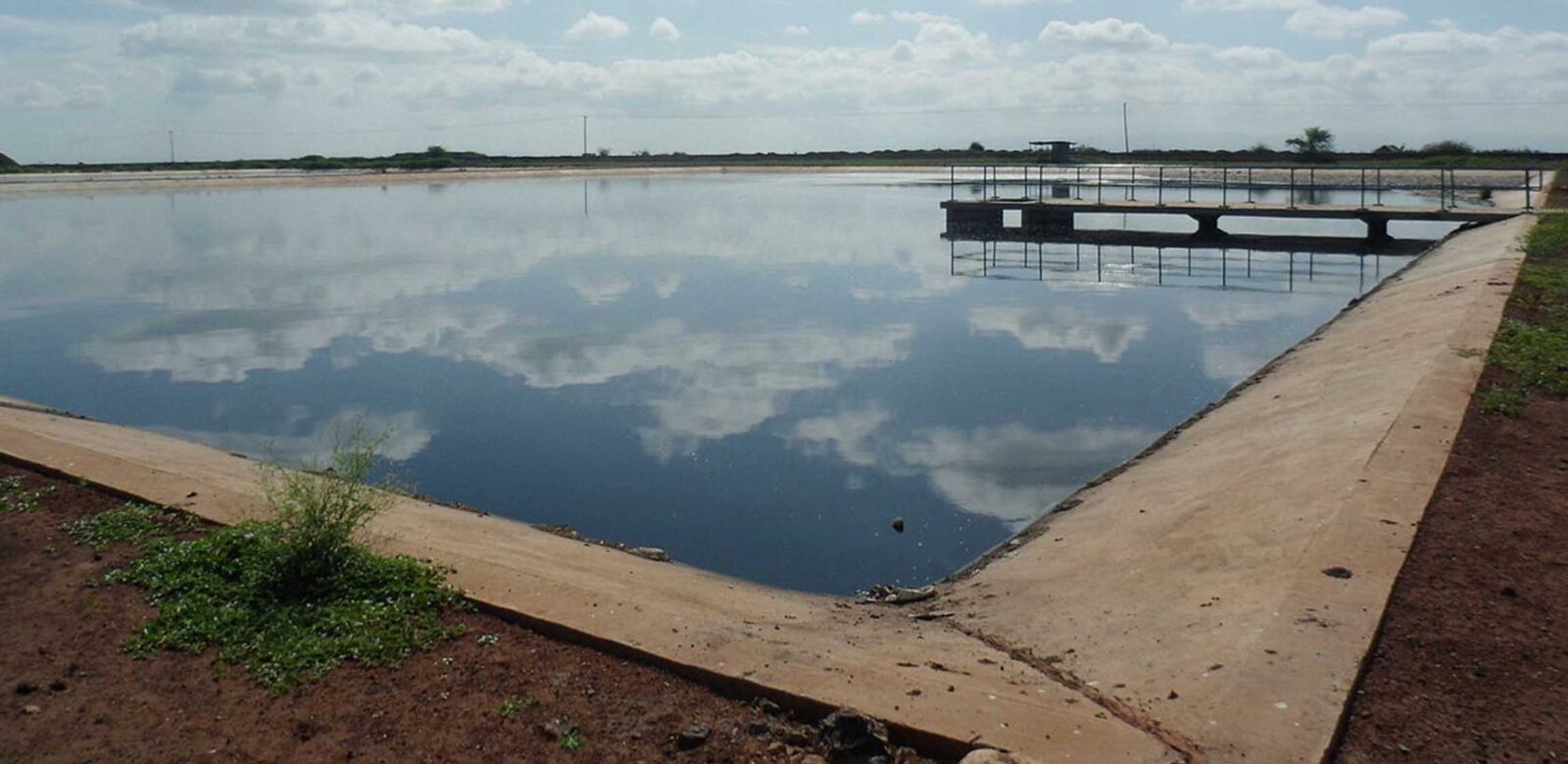
Algae growth in stabilization ponds
- Comply with discharge standards for TSS, pH
- Safe wastewater discharge
- Algae can increase BOD levels
An important issue to consider in wastewater reuse and treatment is algae growth, which is relatively common in warm and nutrient-rich waters. Treated wastewater usually contains high levels of nutrients that can cause algae blooms on the water surface of storage ponds and clog irrigation systems (filters, emitters, distribution pipes).
Furthermore, some freshwater algae can form harmful algal blooms (HABs), and these specific species create health hazards for humans and animals by producing toxins and bioactive compounds that deteriorate the water quality.
Although there are several methods to treat wastewater, this article focuses on stabilization ponds (also called lagoons or waste stabilization ponds). These types of ponds and lagoons consist of in-ground earthen basins in which the waste is detained for a specified time (retention time) and then discharged.
The size and depths can vary, as well as the degree of treatment. Lagoons are typically classified by their degree of mixing and amount of oxygen dissolved in the water. Examples of lagoons are anaerobic lagoon, facultative lagoon, aerobic lagoon, partial-mix aerated lagoon, and completely mixed- aerated lagoon.
MPC-Buoy
All-in-one solution for controlling algae in wastewater reservoirs.
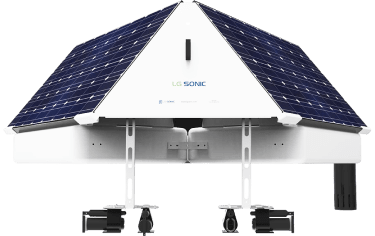
Questions?
Receive more information and a free quotation.
Frequently asked questions
-
What is the impact of LG Sonic ultrasound on zooplankton?
Recent studies commissioned by the Dutch water board and conducted by research agency Ecofide have concluded that the LG Sonic ultrasound is safe for fish, plants, zooplankton, and other aquatic organisms.
-
Why control the algae if nutrients are the problem?
Reducing nutrients is, of course, also necessary but difficult to achieve, even in the long-term. The majority of nutrient management methods are costly and require frequent dosing with unknown side-effects for the aquatic ecosystem. Besides, the duration and intensity of algal bloom events is strongly depended not only on nutrients but also on a combination of environmental factors, such as climate change, weather patterns, and an unbalanced ecosystem.
-
What kind of water does your ultrasound work in?
The MPC-Buoy technology can be installed in freshwater, salt water, and brackish water.
-
What’s the largest water body that has LG Sonic implemented? Any issues linking many buoys?
We have multiple projects with large numbers of MPC-Buoy units installed. For example, in Dominican Republic, 50 MPC-Buoys are in operation in a 7km2 reservoir. The buoys communicate with each other for optimal treatment.
-
What's the minimum depth of water required for LG Sonic treatment?
We recommend a minimum water depth of 3 feet / 1 meter.










